What Is A Good Binocular Strength ?
The ideal binocular strength depends on the intended use and personal preference. For general use, a magnification of 8x or 10x is recommended. A magnification of 8x provides a wider field of view and is easier to hold steady, while a magnification of 10x provides more detail but may require a tripod or other stabilizing device. It is also important to consider the objective lens diameter, which affects the amount of light that enters the binoculars and therefore the brightness of the image. A larger objective lens diameter is better for low-light conditions but may make the binoculars heavier and more difficult to hold steady. Ultimately, the best binocular strength is one that meets the specific needs and preferences of the user.
1、 Magnification power
What is a good binocular strength? The answer to this question depends on the intended use of the binoculars. For general use, a magnification power of 8x or 10x is considered good. These magnification powers provide a good balance between image detail and stability. Higher magnification powers may provide more detail, but they can also make the image shakier and harder to focus. Lower magnification powers may provide a more stable image, but they may not provide enough detail for certain activities such as birdwatching or stargazing.
However, it is important to note that the latest point of view on binocular strength is that it is not the only factor to consider when choosing binoculars. Other factors such as the size of the objective lens, the quality of the optics, and the type of prism used can also affect the image quality. For example, binoculars with larger objective lenses can provide brighter and clearer images, while binoculars with high-quality optics can provide sharper and more detailed images.
Additionally, the intended use of the binoculars should also be taken into consideration. For activities such as birdwatching or stargazing, a higher magnification power may be necessary to see fine details. On the other hand, for activities such as hiking or sports events, a lower magnification power may be more suitable to provide a wider field of view and a more stable image.
In conclusion, a magnification power of 8x or 10x is generally considered good for general use binoculars. However, it is important to consider other factors such as the size of the objective lens, the quality of the optics, and the intended use of the binoculars when choosing the best binoculars for your needs.
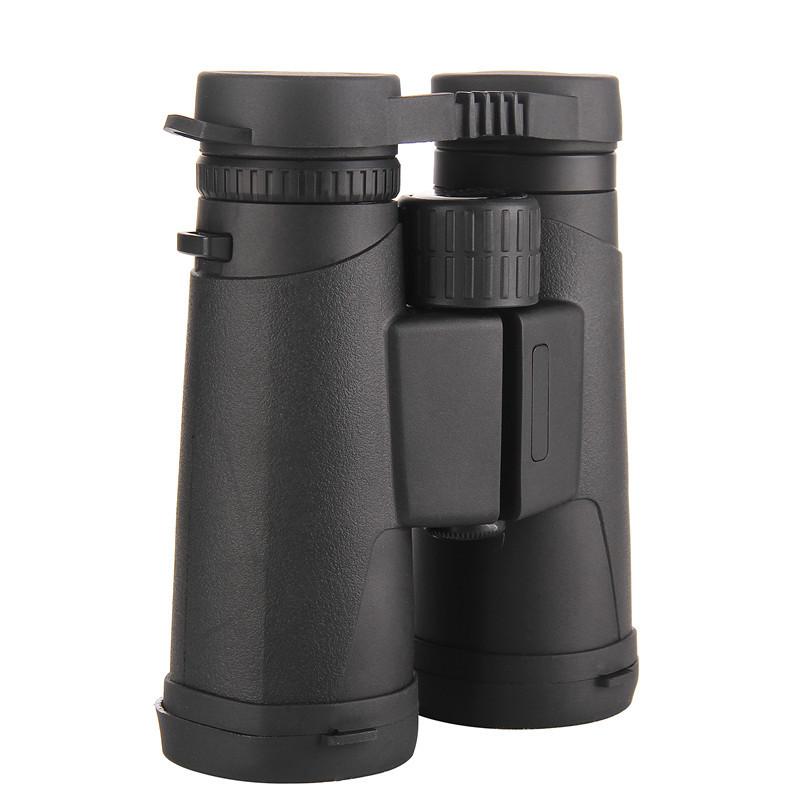
2、 Objective lens diameter
What is a good binocular strength? The answer to this question depends on the intended use of the binoculars. One important factor to consider is the objective lens diameter, which is the diameter of the front lens of the binoculars. A larger objective lens diameter allows more light to enter the binoculars, resulting in a brighter and clearer image. Generally, a good objective lens diameter for binoculars is between 30mm and 50mm, with 42mm being a popular choice for many outdoor enthusiasts.
However, it is important to note that a larger objective lens diameter also means a heavier and bulkier pair of binoculars. This may not be ideal for those who plan to carry their binoculars for extended periods of time or for those who need to pack them in a small bag. In these cases, a smaller objective lens diameter may be more suitable.
Another factor to consider is the magnification power of the binoculars. Higher magnification may seem like a good choice, but it can also result in a narrower field of view and a shakier image. A magnification power of 8x or 10x is generally considered a good choice for most outdoor activities.
In recent years, there has been a trend towards using binoculars with image stabilization technology. These binoculars use gyroscopes and other mechanisms to stabilize the image, resulting in a clearer and more stable view. While these binoculars can be more expensive, they may be worth the investment for those who plan to use them for extended periods of time or for activities such as birdwatching or stargazing.
In summary, a good binocular strength depends on the intended use of the binoculars. A larger objective lens diameter can result in a brighter and clearer image, but may also be heavier and bulkier. A magnification power of 8x or 10x is generally a good choice, and image stabilization technology may be worth considering for certain activities.
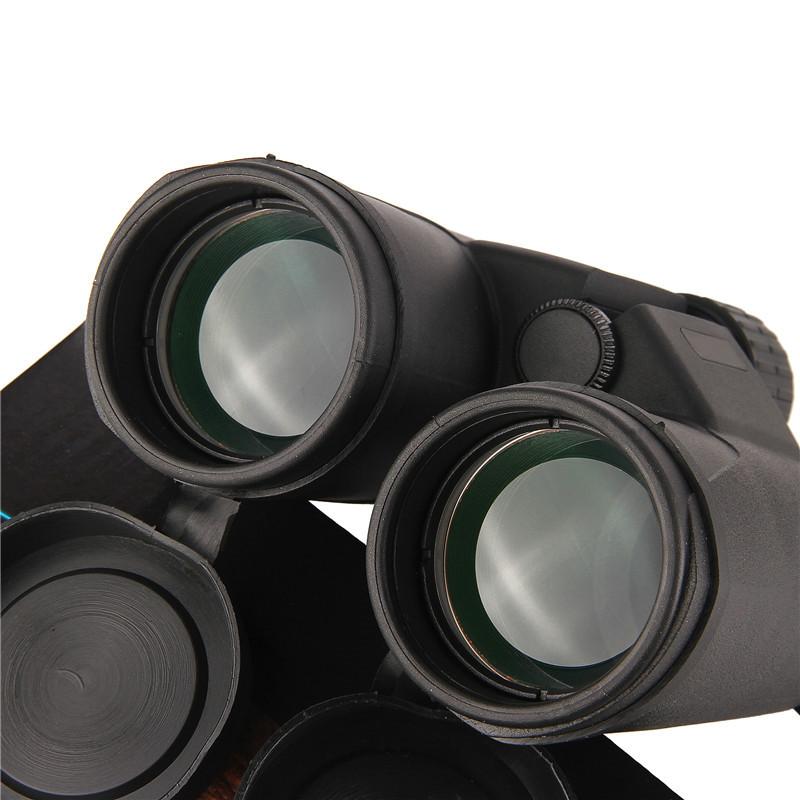
3、 Exit pupil size
What is a good binocular strength? One important factor to consider is the exit pupil size. The exit pupil is the diameter of the beam of light that exits the eyepiece and enters your eye. It is calculated by dividing the diameter of the objective lens by the magnification. For example, a 10x42 binocular has an exit pupil of 4.2mm (42/10=4.2).
A good exit pupil size is one that matches the size of your eye's pupil in low light conditions. The average pupil size of a human eye is around 5mm in low light, but it can vary depending on age and other factors. If the exit pupil is smaller than your eye's pupil, you will not be able to take advantage of all the light gathered by the objective lens, resulting in a dimmer image. On the other hand, if the exit pupil is larger than your eye's pupil, you will not see any additional brightness, and the excess light will be wasted.
In general, an exit pupil size of 4-5mm is considered good for most people in most situations. However, if you plan to use your binoculars in low light conditions, such as at dawn or dusk, you may want to consider a larger exit pupil size, such as 6-7mm. Keep in mind that a larger exit pupil size may result in a larger and heavier binocular.
It's worth noting that some experts argue that exit pupil size is not as important as other factors, such as lens quality and coatings, when it comes to image brightness and clarity. However, it's still a useful metric to consider when choosing a binocular.

4、 Field of view
Field of view is an important factor to consider when choosing binoculars. It refers to the width of the area that can be seen through the binoculars at a specific distance. A wider field of view allows for a larger area to be observed, making it easier to track moving objects or scan a landscape.
The ideal field of view depends on the intended use of the binoculars. For birdwatching or wildlife observation, a wider field of view is generally preferred to capture the full scope of the environment. However, for stargazing or astronomy, a narrower field of view may be more appropriate to focus on specific celestial objects.
In terms of numerical values, a good field of view for general use binoculars is around 300-400 feet at 1000 yards. However, some high-end binoculars can offer a field of view of up to 500 feet at 1000 yards. It's important to note that a wider field of view often comes at the cost of image quality, so it's important to find a balance between the two.
It's also worth considering the magnification power of the binoculars when choosing a field of view. Higher magnification binoculars may have a narrower field of view, while lower magnification binoculars may have a wider field of view. Ultimately, the best field of view for binoculars depends on the intended use and personal preferences of the user.
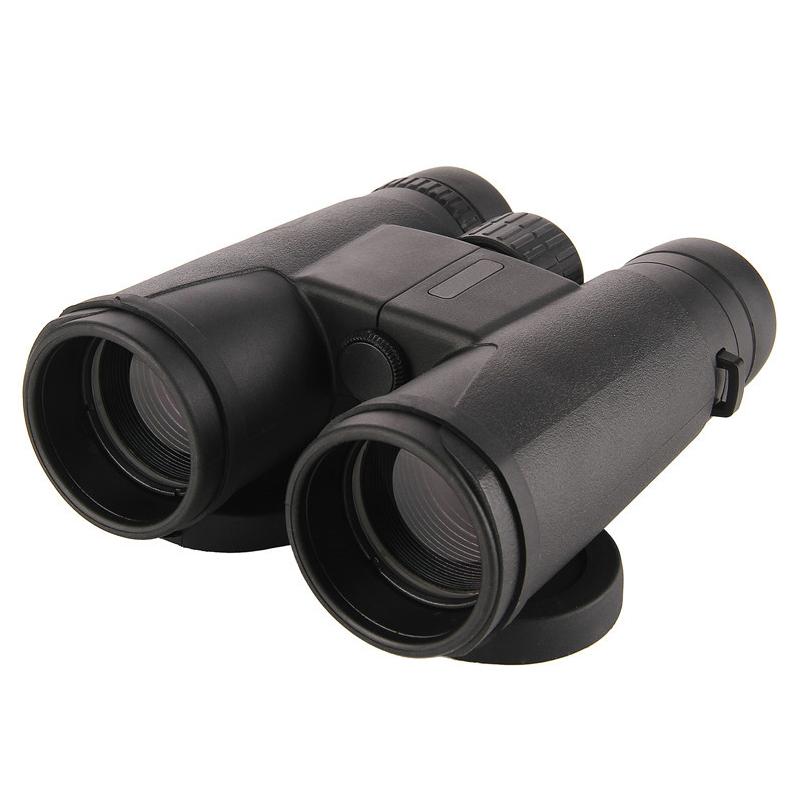






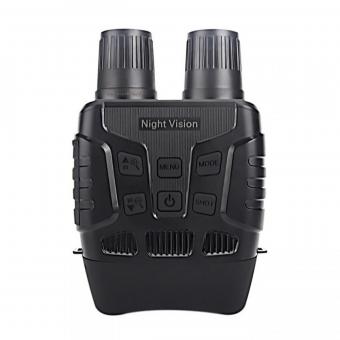




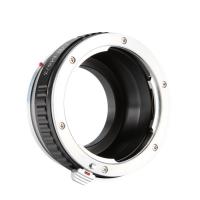
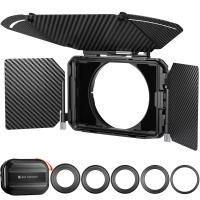
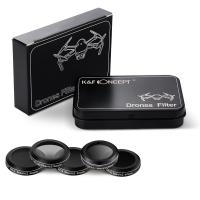

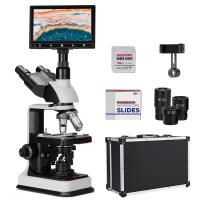


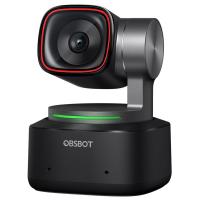
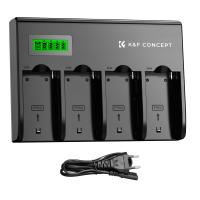
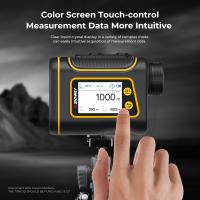
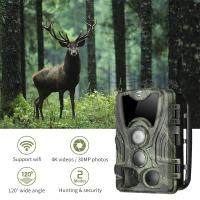
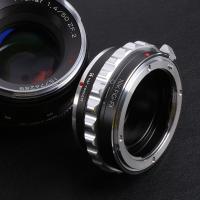

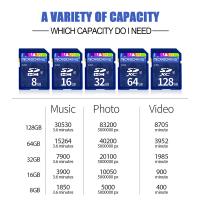
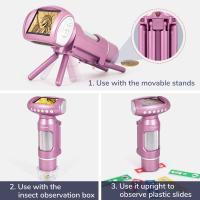
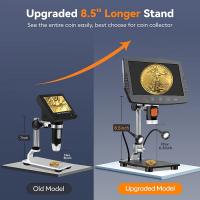

There are no comments for this blog.